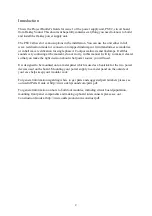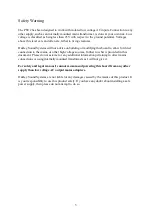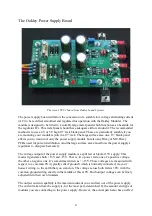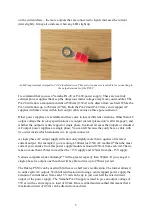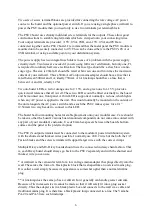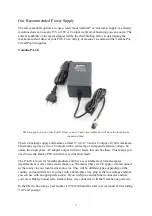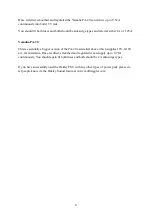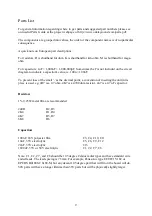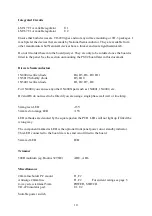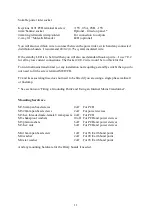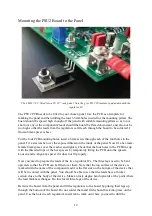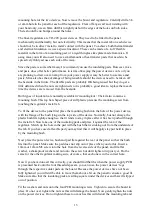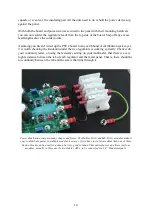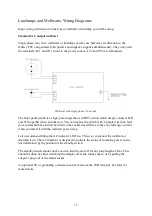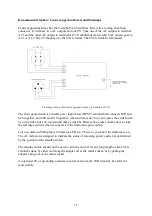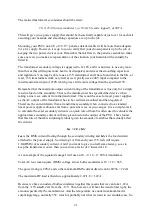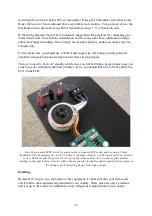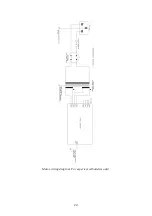
mounting hole for the two devices. Now remove the board and regulators. Carefully drill a 3.8
or 4mm hole in the panel for each of the regulators. Clear off any swarf and, twisting with
your hand only, use an 8mm drill bit to lightly deburr the edges of the holes on both sides.
There should be no bumps around the holes.
The linear regulators are TO-220 power devices. They need to be fitted to the panel
mechanically and thermally, but not electrically. This means that the metal tab on each device
should not be in direct 'metal to metal' contact with the panel. To achieve both thermal transfer
and electrical insulation we use a special insulator. These can be made of a 'soft' flexible
material in the form of an insulating pad, or a rigid thin glass like plate made from mica. If
using mica you will also need to use a small amount of heat transfer paste that needs to be
spread very thinly across each side of the mica.
Since the paste is somewhat messy I recommend you use the insulating pads. However, mica
and paste does offer better performance in terms of keeping the power device cool so if you
are planning to draw over an amp from your power supply it may be better to use mica and
paste. Mica also has the advantage of being reusable should the devices need to be taken off
the heatsink in the future. The flexible pads are probably OK being reused but they do get a
little deformed when the nuts are tightened so it is probably a good idea to replace them each
time the devices are removed from the heatsink.
Both types of insulation are normally available in 'mounting kits'. The kit also contains a
mounting bush. This top hat shaped piece of stiff plastic prevents the mounting screw from
touching the regulator's metal tab.
To fit the device to the panel first place the mounting bush into the hole of the power device,
with the flange of the bush lying on the top side of the device. Normally, but not always, the
plastic bush fits tightly enough so that it tends to stay in place after it has been pushed through
the metal tab. Now take one of the insulating pads and place it against the rear of the
regulator. Match up the hole in the pad with the bush that is sticking out from the underside of
the tab. If you have used a flexible pad you may find that it will happily stay put held in place
by the mounting bush.
Now place the power device, bush and pad flat against the rear of the panel so that the bush
fits into the panel. Make sure the pad does not slip out of place when you do this. Insert a
10mm or 12mm M3 screw into the hole from the reverse side of the panel, and fit a flat
washer, a shakeproof washer and nut onto the screw but don't tighten it up just yet. Do the
same for the other regulator making sure, of course, that each one is in the correct hole.
Now if you have done all this correctly, you should find that the when the power supply PCB
is presented back onto the four threaded spacers, you can coax the power devices’ legs
through the respective solder pads on the board. Because the power devices have not been
fully tightened you will still be able to move them about a bit on the panel to ensure a good fit.
Make sure also that the insulating pads are sitting square under the devices and haven't slipped
out of position.
Fit the washers and nuts onto the four PCB mounting screws. Tighten to secure the board in
place. Do not over tighten the nuts as this will damage the board. Now gently tighten the nuts
on the power devices. Do not tighten these too much as this will distort the mounting tab and
13


